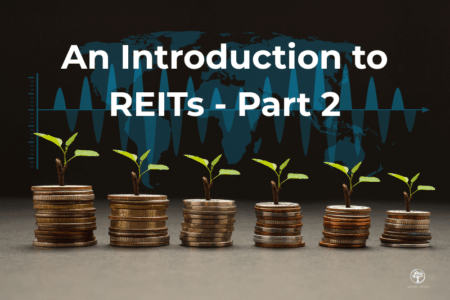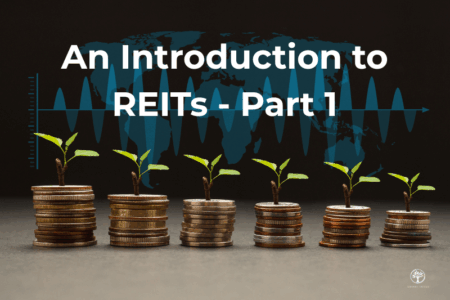GOOD investors are not always the ones who can pick shares that could shoot up in price. That ability can help, of course. But it is not absolutely vital.
Instead, good investors over the long run are generally those who are brave enough to cut their losses if things are not going right.
Bad investors tend to hang onto their losses for too long.
They might also snatch profits far too early.
The upshot is that they could end up with smaller profits and larger losses.
So, here’s the question: Is successful investing just about running our winners and cutting our losers?
Watering the weeds
The concept of “running our winners and cutting our losers” is so entrenched in stock investing that many might regard it as gospel.
But life is never that simple; if only it was.
Where many investors tend to go wrong is that they see a share price as the be-all and end-all of investing.
If the shares that they have bought goes up, they reckon that they are winning.
If it goes down, they are losing.
The reason they are fixated with share prices is obvious; the share price is the quickest and easiest way to determine how a share is performing.
So, many focus on the share price as an indication of whether they are right or wrong – and exclude everything else.
But the stock price is not a reflection of a company’s value.
If we use the market as the sole guide to determine the true value of a company, then we are almost certainly looking at the wrong thing.
We need to remember that share prices move up and down for many reasons, most of which have nothing to do with the underlying business.
The thorny question
Rather than trying to predict what other investors may buy or sell, or second-guess what politicians may do, or attempt to forecast when the US Federal Reserve would raise or cut interest rates, we should try instead to base our investment decisions on something more tangible.
Right now, the market is preoccupied with how many interest-rate adjustments the Fed is likely to make.
Investors are worried about whether US President Donald Trump would pack the rate-setting committee with governors sympathetic to his low-rate agenda, regardless of what the economic data might indicate.
We all know that putting the fox in charge of the henhouse is a recipe for disaster.
It could cause enormous volatility in global markets.
But the underlying value of companies is unlikely to change much.
Focusing on the intrinsic value of our investments is likely to be more rewarding than looking at share prices.
For instance, we could look for companies that produce things that can generate a reliable cash flow.
That would be a good place to start.
Here in Singapore, many businesses fit the bill.
We don’t need to venture too far or too deep to find them.
So, where does that leave us on the thorny question of running our winners and selling our losers?
Running our winners should refer to the companies we already have in our portfolios.
In my view, winners are companies that are increasing their profits, improving their competitive position, rewarding shareholders with decent returns on equity, and paying increasing dividends.
It should not be about whether their share prices are rising.
Those winners should be kept.
Run your losers
On the other hand, businesses that are losing ground to competitors, slipping into cash flow problems, losing their competitive edge and generally showing signs of distress and decline are losers.
They should be cut.
We should not hang onto them.
The upshot is that we should not judge a “winning” company by its share-price performance after we have bought it.
There is nothing more irrelevant to an investment decision than our original buy price.
Regardless of whether the shares rise or fall in price, what counts is how the underlying business is doing.
Another thing that matters is whether the valuation reflects what is going on in the business.
In fact, if a share price falls after we have bought it, then we might even want to run our losers by buying more.
We should try to remember that long-term investing is about continually adding money to the market.
So, a price drop is only ever a disaster if we never buy more.
But if we believe that a business exhibits all the traits of a good company, then a price drop should be seen as a good opportunity to buy more of our worst performers that show promise.
So, yes, run our winners but make sure the stocks are really winners.
How do rich Singaporeans invest when volatility hits?
They turn to companies with cash, history, and discipline. This free report highlights 5 blue chips that deserve your attention. Get your copy here and see who made the list.
Follow us on Facebook, Instagram and Telegram for the latest investing news and analyses!
Disclosure: David Kuo does not own any of the shares mentioned.





